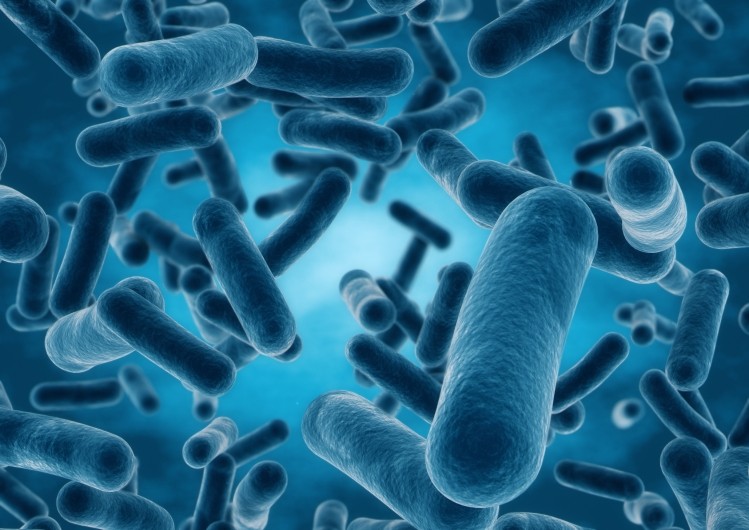Data supports increased role for probiotics, prebiotics in healthy aging, study finds

Dealing with the implications of aging populations is a worldwide issue. China, Japan, the United States and many European countries are facing demographic bulges that will see an increasing share of gross domestic product going to care for these populations.
Critical problem of aging
The issue is especially acute in Japan, where a recent census found that almost 27% of Japanese are now 65 or older. Many of these elderly Japanese live alone, and the number of younger workers available to support them is shrinking. The country’s population fell by more than 1 million in the 2010-2015 time frame to about 127 million. With a low birth rate, some reports have predicted that Japan’s population may fall below the 100 million mark in coming decades.
So finding cost effective ways to support this population is of critical national importance. In the recent review, published in the World Journal of Gastroenterology, researcher Yukihiro Shimizu summarized the microbiome aspects of the afflictions of aging.
Shimizu looked at the microbiome research related to Alzheimer’s Disease, osteoporosis, sarcopenia and atherosclerotic cardiovascular disease and stroke. (Obesity, which is a plague elsewhere in the developed world, is not yet a serious concern for the elderly populations in Japan.)
Finding a gut link for Alzheimer’s
The review found a wealth of information on dysbiosis connected to all of these conditions. A recent study on Japanese Alzheimer’s Disease patients isolated four bacterial strains common to all, information with Shimizu said may shed light on the unique gut microbiome features related to this condition.
The review also noted that as much as 90% of serotonin was produced in the gut, and exogenous serotonin has been shown in a mouse model to reduced deposition in the brain of the amyloid plaques associated with the disease. As gut-produced serotonin has yet to be shown to cross the blood-brain barrier, Shimizu noted that, “Thus, the actual role of gut-derived serotonin in brain function remains unclear.” But he said that studies have shown that a reduced gut microbial diversity seems associated with the disease.
Probiotics, prebiotics specifically cited in osteoporosis
For osteoporosis, the review noted that most of the microbiome data comes from mouse models. A recent study found that gut microbes can “increase serum concentrations of insulin-like growth factor-1 (IGF-1), which promotes bone formation and remodeling.” The review found a specific role for probiotics here, noting that, “Probiotics such as Lactobacillus strains have been shown to increase bone mass along with changes in gut microbiota.”
Shimizu also noted that prebiotics have been shown by several studies to increase calcium absorption. Taken together, he said recent research shows that, “[S]upplementation with probiotics or prebiotics may be a potential therapeutic intervention for the prevention or treatment of osteoporosis in humans. However, there is limited evidence showing that prebiotics are effective in patients with postmenopausal or senile osteoporosis.”
Sarcopenia, CVD evidence
For sarcopenia, the review found that the evidence is less clear cut. But it did find studies that link probiotics with preventing muscle loss in mice with leukemia, and cited a study linking prebiotics with improved muscle function in humans as measured by grip strength.
For heart disease, the review cited studies linking the gut microbiome with playing both a positive and negative role. Some aspects of gut dysbiosis have been linked with increase levels of trimethylamine-N-oxides in the liver, which is associated with arterial plaque formation. But other gut microbial species have been associated with improved lipid metabolism and reduced cholesterol levels.
“Although, adequate exercise and a proper diet are important for the prevention of these diseases, the combination of these lifestyle interventions with methods that manipulate the composition and/or diversity of gut microbiota may be a promising strategy for maintenance of healthy conditions with preserved activities of daily living,” the review concluded.
Source: World Journal of Gastroenterology
“Gut microbiota in common elderly diseases affecting activities of daily living”
Published online Nov 14, 2018. doi: 10.3748/wjg.v24.i42.4750
Author: Shimizu Y
















